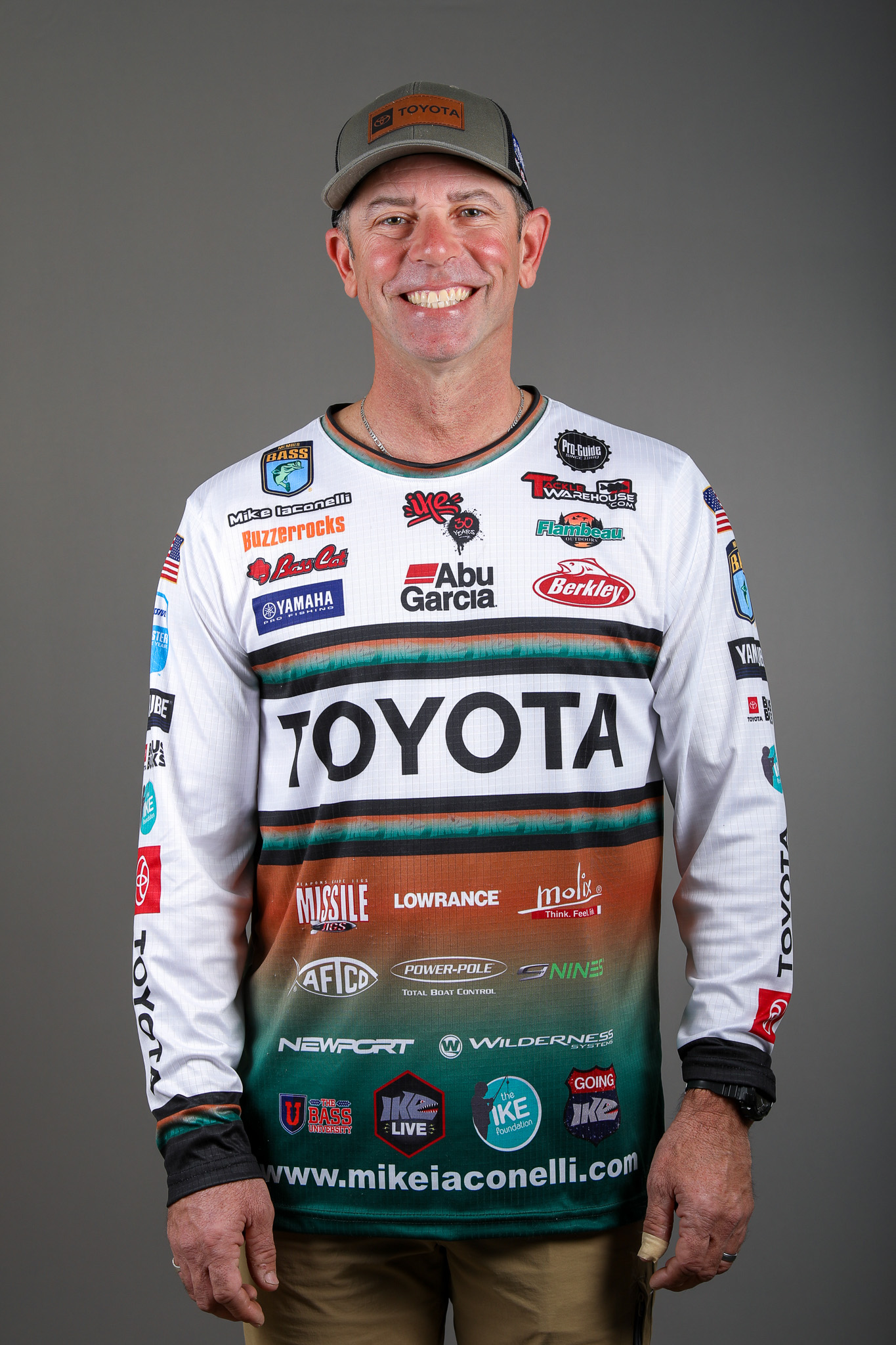Toledo Bend, one of the really great places we fish, is full of standing timber. I’m guessing there are thousands of acres of it. The natural tendency of any angler when he or she sees something like that is to fish the timber. But that’s also the mistake a lot of anglers make.
When the timber is everywhere, the fish aren’t relating to it like they do to a few stickups. Saying they’re on the wood is like saying they’re in the water. It’s of no help whatsoever. I learned many years ago back in New Jersey that you have to find something else to key on, something like the structure under the timber.
Drops, creek channels or anything else that represents a change on the bottom is where they’ll be holding most of the time. Having and knowing how to use high-quality electronics is the key to finding those places. I use the Lowrance HDS-10 Gen2. And, just in case you’re wondering, I spend many hours messing with it so that I know what to do when the time comes to use it.
With that in mind, here’s how I fished Toledo Bend: I isolated a few good structure changes on the bottom that I thought would give me the kind of fish I needed to win. They were all in 15 to 20 feet of water. After trying several baits, I knew I needed a crankbait as my primary lure, and a big jig to follow up.
My crankbait was a Rapala DT20. It’s a crankbait that I can get down that deep by casting it. I always match the hatch when I can so I fished one with our Penguin finish. It looks exactly like Toledo Bend shad.
The thing is, though, I did more with it than just try to catch bass. I also used it to explore the bottom. Lots of times I’d hit something on my retrieve. When I did I let my bait come up to the surface. At that point I’d jerk it so that it made as big a splash on the surface as possible. Then I’d let my lure and my fishing line settle onto the water. As soon as it did that, I’d pick everything up and wind it in. That left a mark on the water where my bait came up and my line was laying.
Using those marks as a guide, I’d immediately throw my jig out and let it drop to whatever I’d hit with my crankbait. There are lots of ways I could have fished the jig but I chose to drag it back real slow. I’d say that 90 percent of the time when I did that I’d catch a fish. I used a 1-ounce Berkley Gripper Jig in green pumpkin with a matching Berkley Rocket Craw for my trailer.
The big-picture lesson here is not to let too much timber overwhelm you. Fish relate to unusual things, stuff that’s different. If there’s timber everywhere, then it isn’t different. Look for what’s underneath it and always have two ways to catch them.
Mike Iaconelli’s column appears weekly on Bassmaster.com. You can also find him on Facebook and Twitter.





